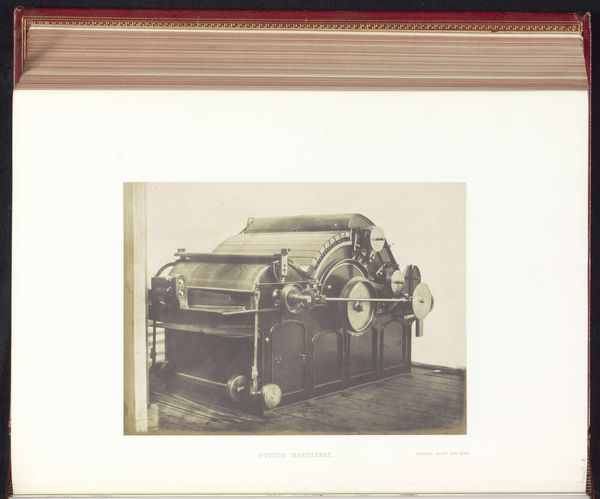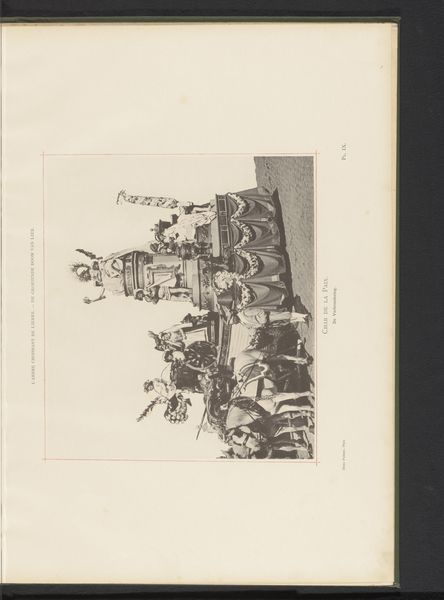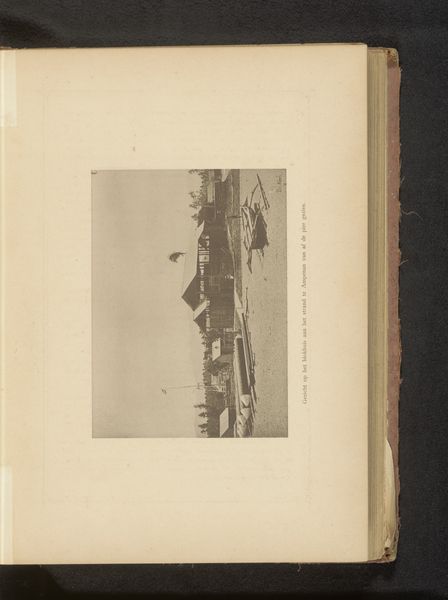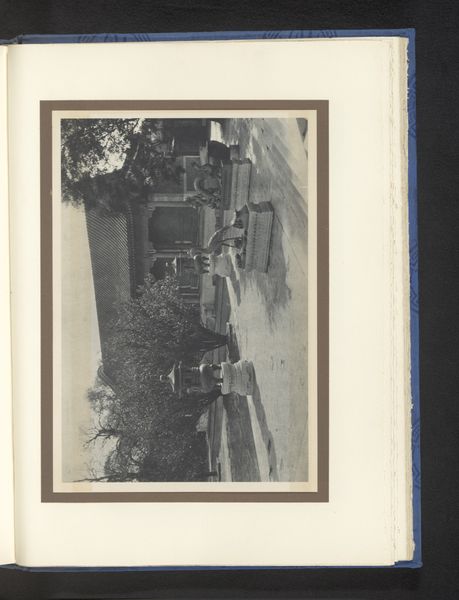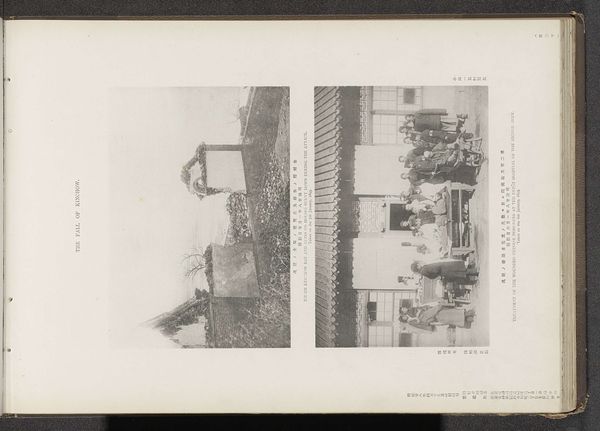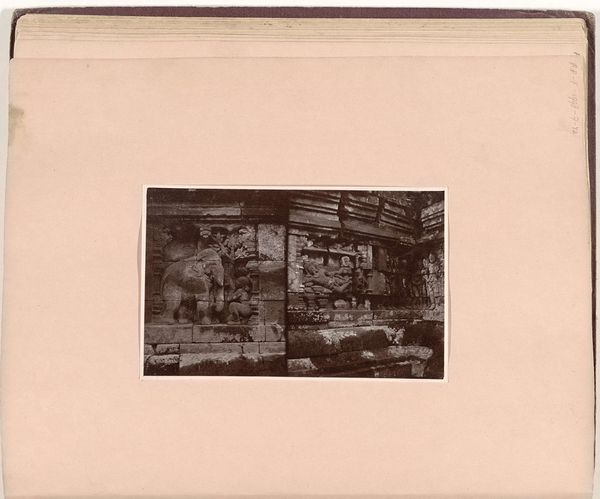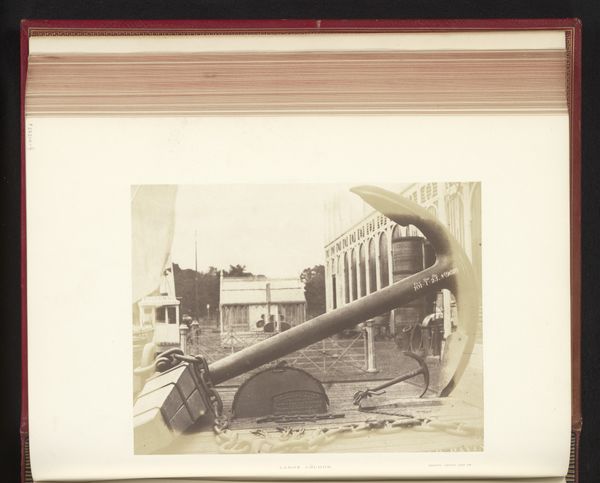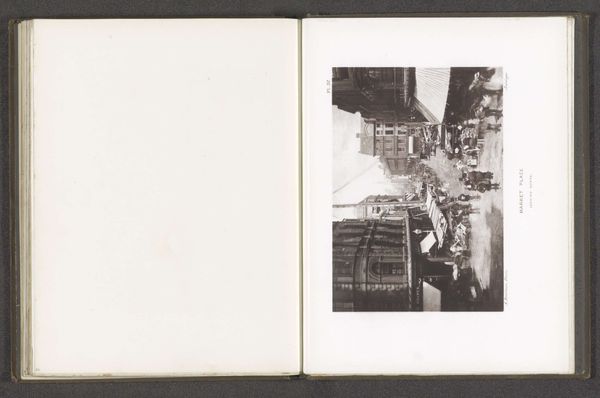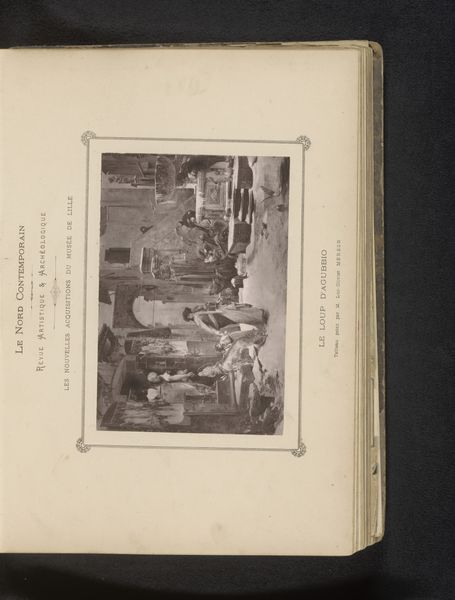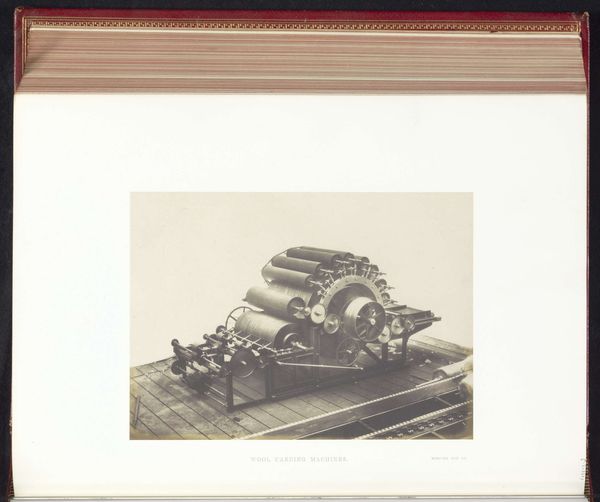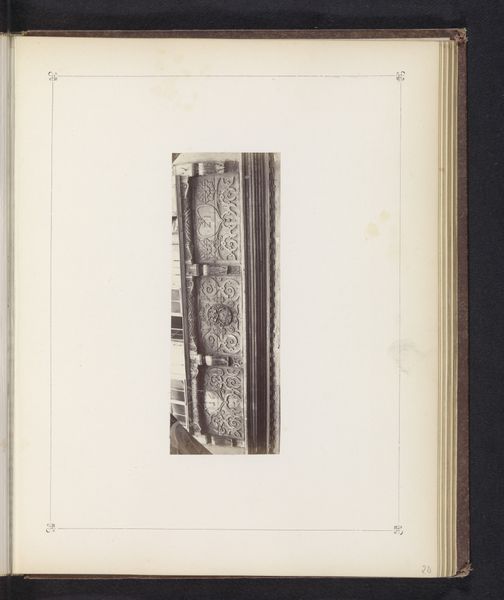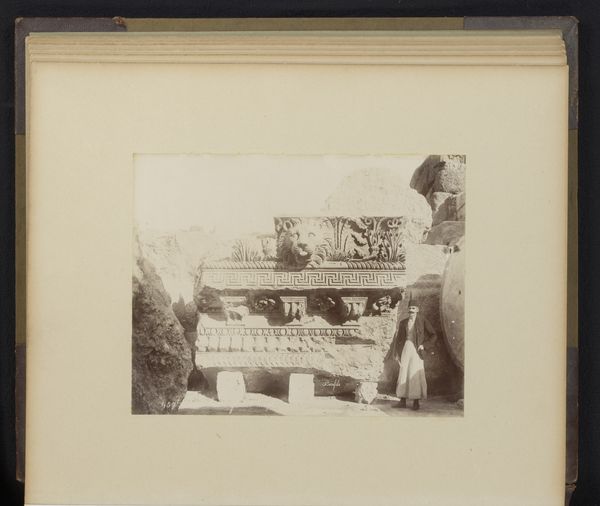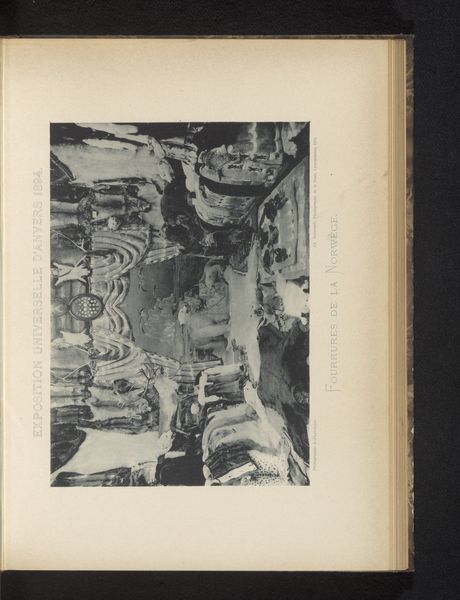
Machine om katoen te reinigen van Risler op de Great Exhibition of the Works of Industry of All Nations van 1851 in het Crystal Palace in Londen 1851
0:00
0:00
print, daguerreotype, photography
#
still-life-photography
# print
#
daguerreotype
#
photography
#
history-painting
#
modernism
#
realism
Dimensions: height 153 mm, width 217 mm
Copyright: Rijks Museum: Open Domain
Editor: Here we have a daguerreotype from 1851 by C.M. Ferrier & F. von Martens. It depicts a cotton-cleaning machine on display at The Great Exhibition in London. It's fascinating – almost intimidating – to see the mechanical complexity rendered with such clarity. What aspects of this piece stand out to you? Curator: Immediately, I'm drawn to the representation of labor within the image. The machine itself embodies a shift in the means of production, moving from human hands to mechanical processes. Editor: It's quite a contrast to handmade art. Curator: Precisely! This daguerreotype forces us to consider photography itself as a product of technology, deeply enmeshed in the industrial revolution. Notice how the details are meticulously captured. Consider the materiality of both the cotton it cleans and the machine. Does it prompt you to consider the human cost of efficiency? Editor: It does now that you mention it. This almost feels like a celebration of industrial progress, but there’s a lurking shadow there too. How photography changed representation by offering more realistic portrayals of its subjects, thus impacting what was considered the fine art, is pretty interesting as well. Curator: Absolutely. And think about the daguerreotype process itself – the materials, the labor involved in creating this image of labor-saving technology. The materials required for photography suddenly makes "capturing reality" that much more involved. Editor: It's amazing how a picture of a machine can reveal so much about the world it was created in. It also highlights how consumption shifted due to easier manufacturing. Thanks, I hadn’t quite considered those layers. Curator: My pleasure. The photograph invites a complex examination of material culture.
Comments
No comments
Be the first to comment and join the conversation on the ultimate creative platform.

